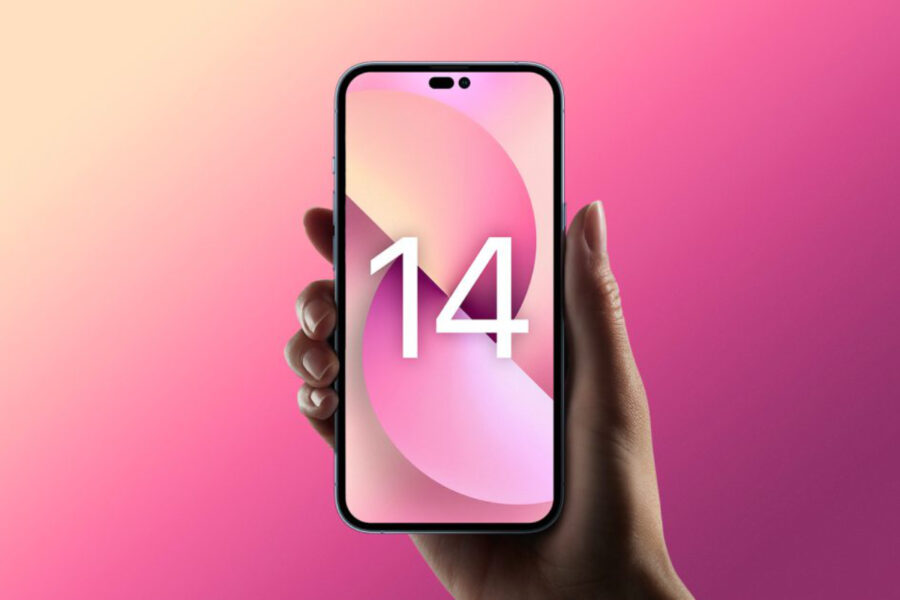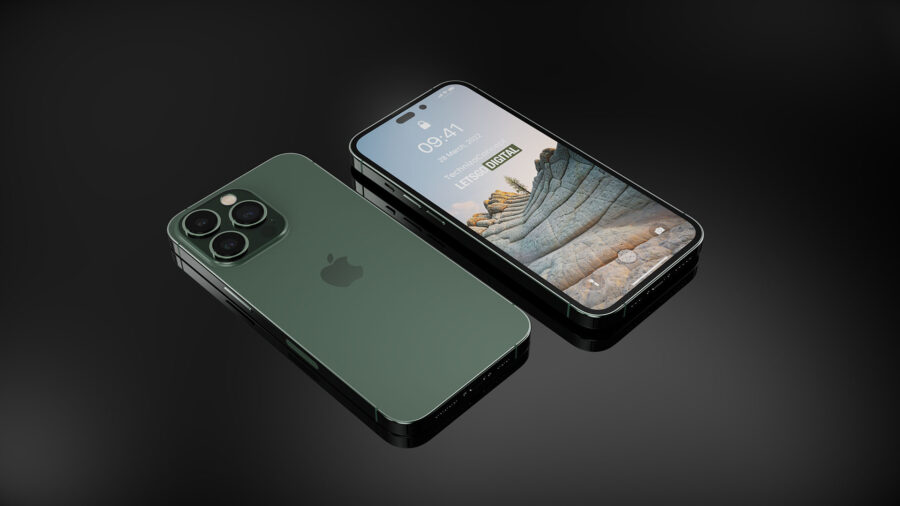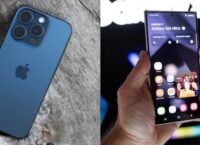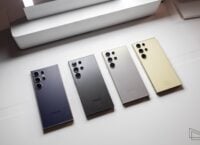The iPhone 14 is less than six months away, so more and more information is coming about Apple’s new line of smartphones. Mark Gurman shared the latest insiders about the company’s future innovations Bloomberg.
Starting from iPhone 6 in 2014, Apple moved on to a three-year design cycle for its smartphones. Therefore, in the first year of the cycle the company presents a completely new look, in the second year, it retains the identical design but updates the internal elements, and in the third year, the design receives some important changes.
Now Apple is on the iPhone 12 lifecycle. This design was introduced in 2020 and has not changed in 2021 with the release of the iPhone 13. However, for the iPhone 14 later this year, it will receive some innovations.
Inside-based design concept LetsGoDigital
First, the overall design of the iPhone 12 and iPhone 13 will remain for another year, writes Gurman. Therefore, you should expect the same flat edges and rounded corners, but a new cutout for the sensors in the screen in Pro models. There will also be an increase in the protrusion for the camera unit on the rear panel to accommodate the new photovoltaic modules.
The cutout in the screen for Face ID will be in the form of a pill, and for the front camera, there will be a separate round cutout. This will be Apple’s solution until the company can fully integrate Face ID and front camera into the display itself in 3-4 years.
Talking about displays, one of the biggest differences in the iPhone 14 line is that Apple resizes screens.
Here is the current iPhone 13 line:
- 5.4-inch iPhone 13 mini;
- 6.1-inch iPhone 13;
- 6.1-inch iPhone 13 Pro;
- 6.7-inch iPhone 13 Pro Max.
The relative sales of both the largest and smallest sizes prompted Apple to look at the line. The Max model is extremely popular, especially in China, while the mini is not selling well enough.
Apple plans to abandon it in the iPhone 14 line and add another model Max:
- 6.1-inch iPhone 14;
- 6.7-inch iPhone iPhone 14 Max;
- 6.1-inch iPhone 14 Pro;
- 6.7-inch iPhone 14 Pro Max.
Thus, for the first time, the line of iPhone without Pro will get a smartphone with a 6.7-inch screen. This model is likely to be extremely popular, as buyers will be able to get an iPhone with a larger display for at least $200 cheaper than the Pro version.
However, it creates problems: how can Apple explain to consumers the differences between their Pro and non-Pro smartphones? Now the main differences are the telephoto lens, stainless steel edges, lidar, ProMotion screen, a few more hours of battery life, one additional graphics core, and the availability of a version with 1 TB of built-in memory.
Though, these differences can hardly be enough to justify Pro status for a top-notch device. But Apple is doing more to distinguish the iPhone 14 Pro from younger models:
According to Gurman, a new 48-megapixel sensor for a wide-angle camera (which is essentially the “main” camera on the iPhone) will be exclusive to Pro models. The regular iPhone 14 line will use a 12-megapixel camera;
It has been reported that the Pro models will receive a new Apple A16 chip, while the standard models are likely to stay with last year’s A15 processor or its variant. In addition to trying to single out the Pro, the lack of chips may have contributed to this decision;
For those who love to take photos and videos on a smartphone, an improved camera module can be a significant advantage for the transition from the regular model to the Pro, but there is doubt that the difference in one generation of the processor will be enough to persuade the user in favor of the Pro version.
In addition to external updates, Apple is still working on providing a satellite connection for the iPhone. Initially, the company intended to add this feature to last year’s model, but this opportunity may be done this year.
To be clear: iPhone will not be able to make calls over satellite networks. Instead, this feature is for notifying you of emergencies or sending short texts to emergency contacts when the user is out of service.
Ever since it became known that the iPhone is getting this feature, there has also been information that the Apple Watch will also get this feature in the next few years. Whether it’s an iPhone or an Apple Watch, the technology will be an alternative to Garmin inReach Explorer and SPOT, portable satellite communicators with similar features.
There have been recent indications that Apple and its clear satellite partner, Globalstar Inc. may be close to running such a feature. In February, Globalstar announced that it had reached an agreement to purchase 17 new satellites to provide “continuous satellite services” for a “potential” – and unnamed – customer who paid hundreds of millions of dollars.






Loading comments …